spine navigation
The Future is Here, And It's Bright
7D Surgical has developed the first and only FLASH Navigation System featuring machine-vision technology. The system solves ALL the clinical frustrations and challenges of traditional navigation systems, allowing surgeons to perform fast, efficient, cost-effective, and radiation-free spine surgery.
see how it works
fast. efficient. radiation-free
fast. efficient. radiation-free
registration in under 30 seconds
FLASH™ Spine Registration, Simplified
01 /// Step One
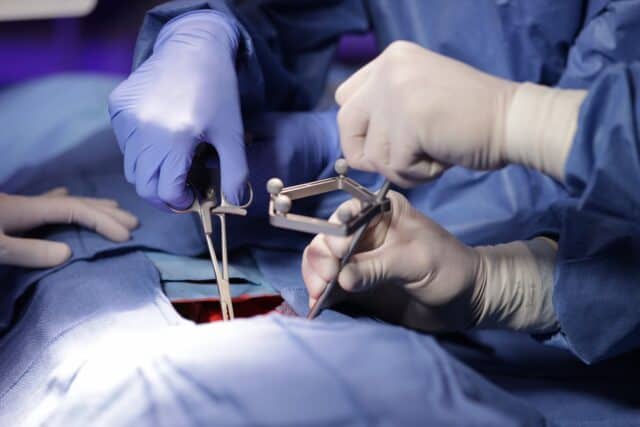
single-handed reference frame
Quickly and easily attach reference frame with one hand in just seconds.
02 /// Step two
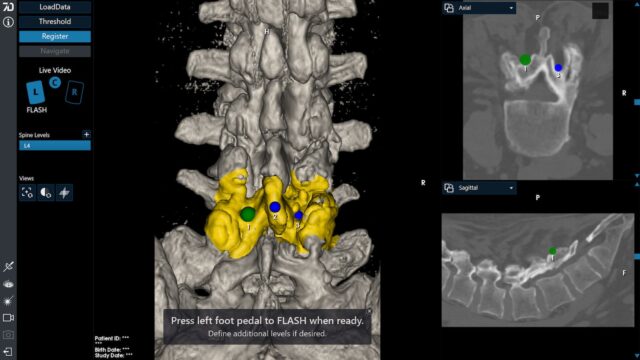
vertebral Level identification
Easily select 3 points to identify proper vertebral body to begin registration.
02 /// Step three
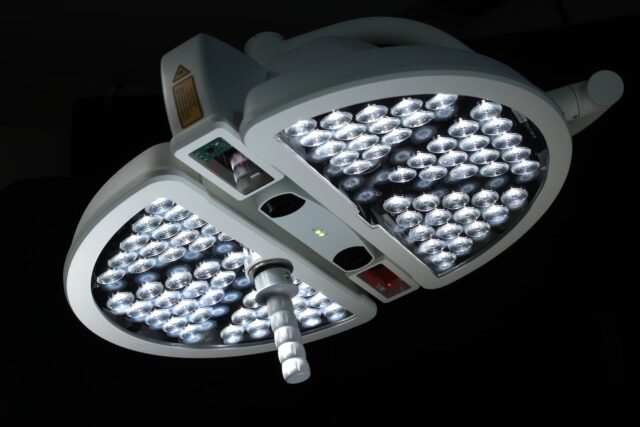
FLASH™ registration
Pressing the foot pedal initiates a flash of visible light, followed by automated registration to create an instantaneous 3D image for surgical navigation.
02 /// Step four

Anatomical Verification & Navigation
Verify anatomical landmark for accuracy and begin navigation. FLASH Navigation goes from zero to navigate in under 30 seconds.
more than registration
7D Technology Does Even More
Flash™ Fix
Flash™ Trajectory
Re-Slicer
FLASH™ Fix
Fast, painless re-registration in just seconds. Flash Fix eliminates radiation intensive and time-consuming re-registration methods if accuracy is compromised (i.e. reference array moves) with traditional navigation systems. Flash Fix provides instant re-registration in less than 20 seconds.

FLASH™ Trajectory
Provides real-time implant sizing and virtual screw trajectories to enhance surgical workflow efficiencies.
Re-Slicer
Provides accurate views of sagittal and axial planes at every level, allowing the surgeon to optimize visualization with severely rotated vertebral bodies.
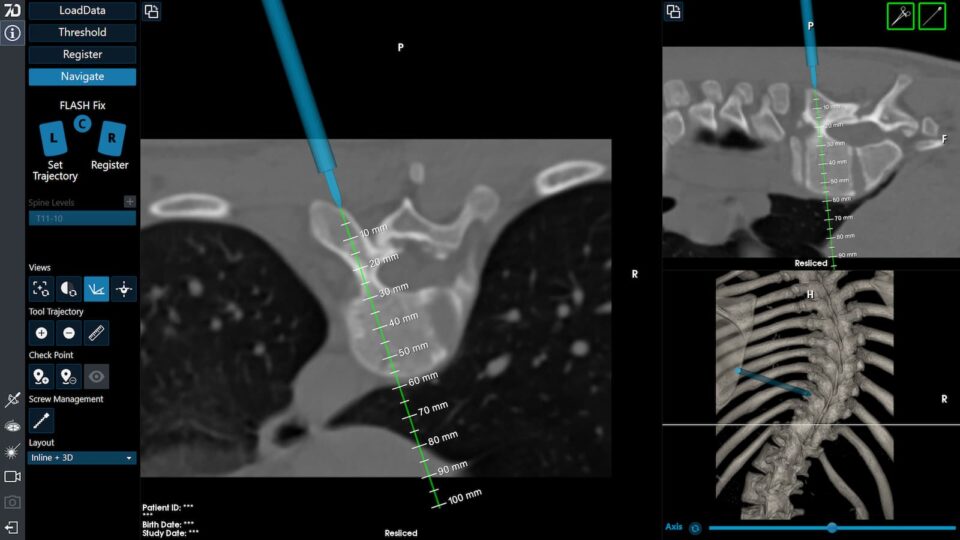
view prior to re-slicer

view after re-slicer
system components
Spine Registration Instruments

Reference Clamp
Quick, one-handed application of this bone clamp
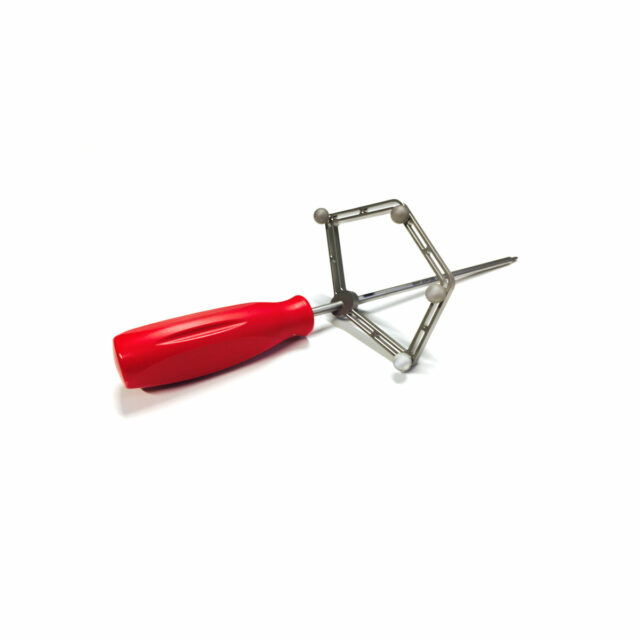
Awls
Sharp, narrow tip with integrated measurements allows surgeon to make a pilot hole through the cortical bone; designed to preserve line of sight down shaft of tool.
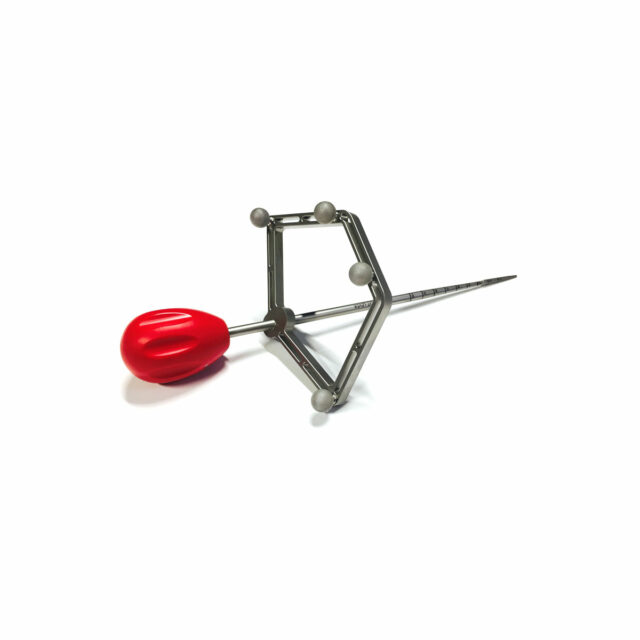
Pedicle Probes
Used after the awl to continue the pilot hole through the softer cancellous bone; includes integrated measurements and is designed to preserve line of sight down shaft of tool. Depth and width (in mm) are displayed to allow accurate real-time sizing of implants.

Spine Instrumentation
Comprehensive spine instrument portfolio including the ability to integrate third party tools.
the promise, delivered.
Spine Navigation Redefined
Workflow Efficiency
Accurate Procedures
Cost-Effectiveness
Radiation-Free
Workflow Efficiency
near-instant 3d registration
FLASH™ Registration in less than 30 seconds, forming a “Navigation-on-Demand” experience.
fast re-registration
FLASH™ Fix re-registers in less than 10 seconds, creating a worry-free environment if the array is bumped.
optimized workflow
No altering or disrupting intraoperative surgical workflows.
surgeon-controlled
Complete control throughout surgery with the foot pedal & sterile light handle.
no line-of-sight challenges
Machine-vision technology is embedded directly overhead in the surgical light.
reduced navigation time
Studies have shown that navigation time with 7D Surgical is reduced up to 95%.
accurate procedures
FLASH™ Fix
Enables quick re-registration in less than 10 seconds to confirm and maintain accuracy.
Real Time Navigation
Generates real-time correlation between surgical tool interaction and CT images.
machine-vision
3D image guidance with nearly 1,000,000 data points to provide additional information for informed decision making.
segmental accuracy
Provides segmental accuracy at every level regardless of patient positioning or intraoperative movement
cost-effectiveness
reduce equipment
Eliminates the need for and reliance on intraoperative radiology equipment.
Reduce Support Staff
Eliminates the need for and reliance of associated personnel for radiology equipment throughout the procedure.
Reduce Operative Time
Significantly reduces registration time from 30 minutes to less than 30 seconds, resulting in faster operative times.
Portable Platform
Single, mobile platform for ease of use in operating room and maneuvering around hospital.
Small Footprint
Machine-Vision cameras embedded in overhead light, optimizing footprint and requiring minimal space in operating room.
Cross Specialty
Platform designed for use in multiple surgical specialties.
radiation-free
No intraoperative CT
Eliminates the need for intraoperative radiation used for registration.
No Fluoroscopy
Only utilizes visible light for registration, thus eliminating the need for intraoperative fluoroscopy.
Reduces Radiation Exposure
Eliminates intraoperative radiation exposure to surgeon, staff, and patient typically required for navigation procedures.
Improves Safety
Requires no intraoperative radiation during navigation procedure, thus improving safety and potentially reducing harmful side effects of radiation exposure.
better outcomes across the board
Empowering Surgeons, Transforming Healthcare
7D Surgical is committed to advancing the standard-of-care for patients and surgeons. Eliminating unnecessary radiation exposure is just one of the many important steps to increase safety and awareness in Image Guided Navigation.
Did You Know?
Physicians can exceed their Lifetime Occupational Radiation Limit within the first decade of their career.
Spine surgeons receive significantly greater radiation levels than other, non-spinal procedures that involve the use of a fluoroscope. 10-12 times greater.
Female orthopedic surgeons have a higher prevalence of breast cancer.
Radiation technologists are at a higher risk of a leukemia diagnosis.
Pediatric scoliosis patients can have a 5 times higher incidence of cancer due to radiation exposure.
sources

“Radiation exposure during pedicle screw placement in adolescent idiopathic scoliosis: is fluoroscopy safe?” Ul Haque M, Shufflebarger HL, O’Brien M, Macagno A. Spine: 2006 Oct 1;31(21):2516-20.
“Increased Breast Cancer Prevalence Among Female Orthopedic Surgeons”. Loretta B. Chou, M.D., Sheena Chandran, M.D., Alex H. S. Harris, Ph.D., Joanna Tung, B.S., and Lesley M. Butler, Ph.D.. JOURNAL OF WOMEN’S HEALTH Volume 21, Number 6, 2012.
“Incidence of haematopoietic malignancies in US radiologic technologists”. M S Linet, D M Freedman, A K Mohan, M M Doody, E Ron, K Mabuchi, B H Alexander, A Sigurdson, M Hauptmann. Occup Environ Med 2005; 62:861–867.
“Radiation Exposure to the Spine Surgeon During Fluoroscopically Assisted Pedicle Screw Insertion”. Y. Raja Rampersaud, MD, Kevin T. Foley, MD, Alfred C. Shen, MD, Scott Williams, MD, PhD, and Milo Solomito, PhD. SPINE Volume 25, Number 20, pp 2637–2645.
Incidence of cancer in adolescent idiopathic scoliosis patients treated 25 years previously. Simony A, Hansen EJ, Christensen SB, et al. Eur Spine J. 2016;25(10):3366-3370.
“Increased Breast Cancer Prevalence Among Female Orthopedic Surgeons”. Loretta B. Chou, M.D., Sheena Chandran, M.D., Alex H. S. Harris, Ph.D., Joanna Tung, B.S., and Lesley M. Butler, Ph.D.. JOURNAL OF WOMEN’S HEALTH Volume 21, Number 6, 2012.
“Incidence of haematopoietic malignancies in US radiologic technologists”. M S Linet, D M Freedman, A K Mohan, M M Doody, E Ron, K Mabuchi, B H Alexander, A Sigurdson, M Hauptmann. Occup Environ Med 2005; 62:861–867.
“Radiation Exposure to the Spine Surgeon During Fluoroscopically Assisted Pedicle Screw Insertion”. Y. Raja Rampersaud, MD, Kevin T. Foley, MD, Alfred C. Shen, MD, Scott Williams, MD, PhD, and Milo Solomito, PhD. SPINE Volume 25, Number 20, pp 2637–2645.
Incidence of cancer in adolescent idiopathic scoliosis patients treated 25 years previously. Simony A, Hansen EJ, Christensen SB, et al. Eur Spine J. 2016;25(10):3366-3370.